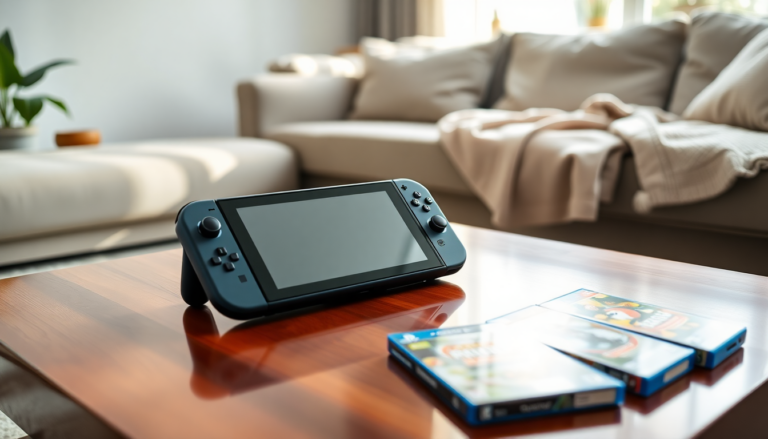Argomenti trattati
Recent data shows a fascinating shift in the sales performance of third-party games on the Nintendo Switch 2 compared to its predecessor, the Switch 1. According to Circana, during the first month of Switch 1’s launch, third-party games made up just 20% of total sales. Fast forward to the early figures for Switch 2, and that number has jumped to 40%. However, market analyst Mat Piscatella urges caution, suggesting that these initial sales numbers tell a more complicated story.
Sales Performance Comparison
Piscatella has weighed in on the ongoing discussions about third-party game sales on the Nintendo Switch 2, noting that the numbers are definitely more promising than what we saw with Switch 1. A report from The Game Business highlights that, aside from Cyberpunk 2077, third-party titles have struggled to gain traction on the new console. In fact, it’s striking that 62% of physical game sales in the U.S. come from Nintendo’s own titles, with Mario Kart World leading the pack.
While third-party game sales now account for 40% of total sales on Switch 2, this still marks a significant improvement over the sub-20% share during the first month of Switch 1. But let’s not jump to conclusions just yet. Piscatella warns that it’s too early to label the sales performance as disappointing, especially given that we’re only two weeks post-launch and publishers have yet to set clear sales targets.
Context and Market Evolution
When comparing Switch 2 to its predecessor, it’s essential to consider the broader gaming landscape. Eight years have passed since the launch of Switch 1, and the market has changed dramatically. The relatively low sales figures for third-party games could be due to an initial lineup that lacks widespread appeal. The early titles on Switch 1, like The Binding of Isaac: Rebirth, Disgaea 5 Complete, and I Am Setsuna, while interesting, didn’t capture the same excitement as flagship titles like The Legend of Zelda: Breath of the Wild.
In contrast, Switch 2 has already rolled out heavy-hitting third-party titles such as Cyberpunk 2077, Hogwarts Legacy, and Street Fighters 6. However, these games have been available on Switch 1 or other platforms for quite some time, which might lessen their allure for new buyers. As a result, many players are likely to gravitate towards standout titles like Mario Kart World as their first purchase at launch. Isn’t it interesting how nostalgia can influence buying decisions?
Conclusions and Future Outlook
In summary, while the sales of third-party games on Nintendo Switch 2 are on the rise compared to its predecessor, it’s crucial to understand the evolving market dynamics and consumer preferences. The first month of sales reflects a complex relationship between established franchises and new offerings. As the console continues to expand its library, the performance of third-party titles is likely to change. Keeping an eye on these trends will be essential to grasp the long-term implications for both Nintendo and the broader gaming industry. What do you think—will third-party developers rise to the occasion, or will Nintendo’s own titles continue to dominate?

